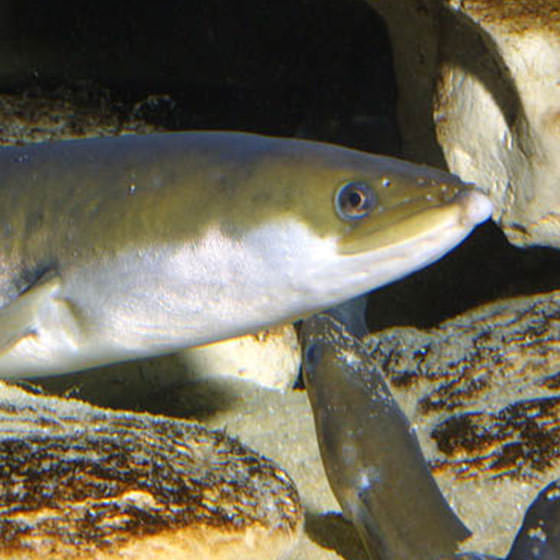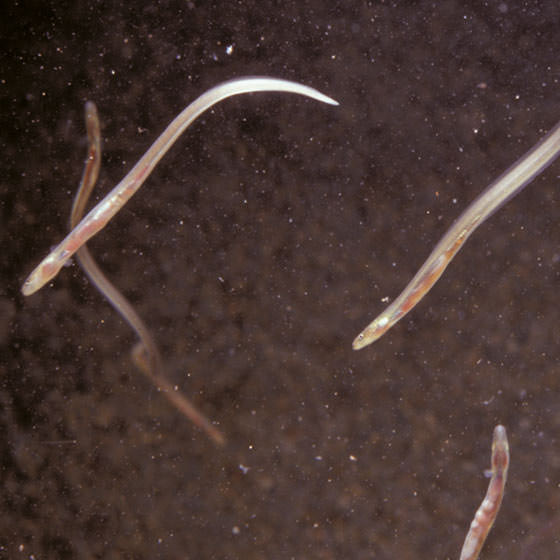Biology
The adults live in waterways and ponds. When they reach the age of 10 years, they undertake a long reproductive migration. At that point, they turn black with a silvery underbelly. They stop feeding until they reach the sea around September or October. Eels in ponds, pools and lakes may crawl through grass at night to get to the closest rivers and then the sea. To orient themselves, European eels use the salinity of marine currents and the low level electrical currents produced by the Earth’s magnetism.



